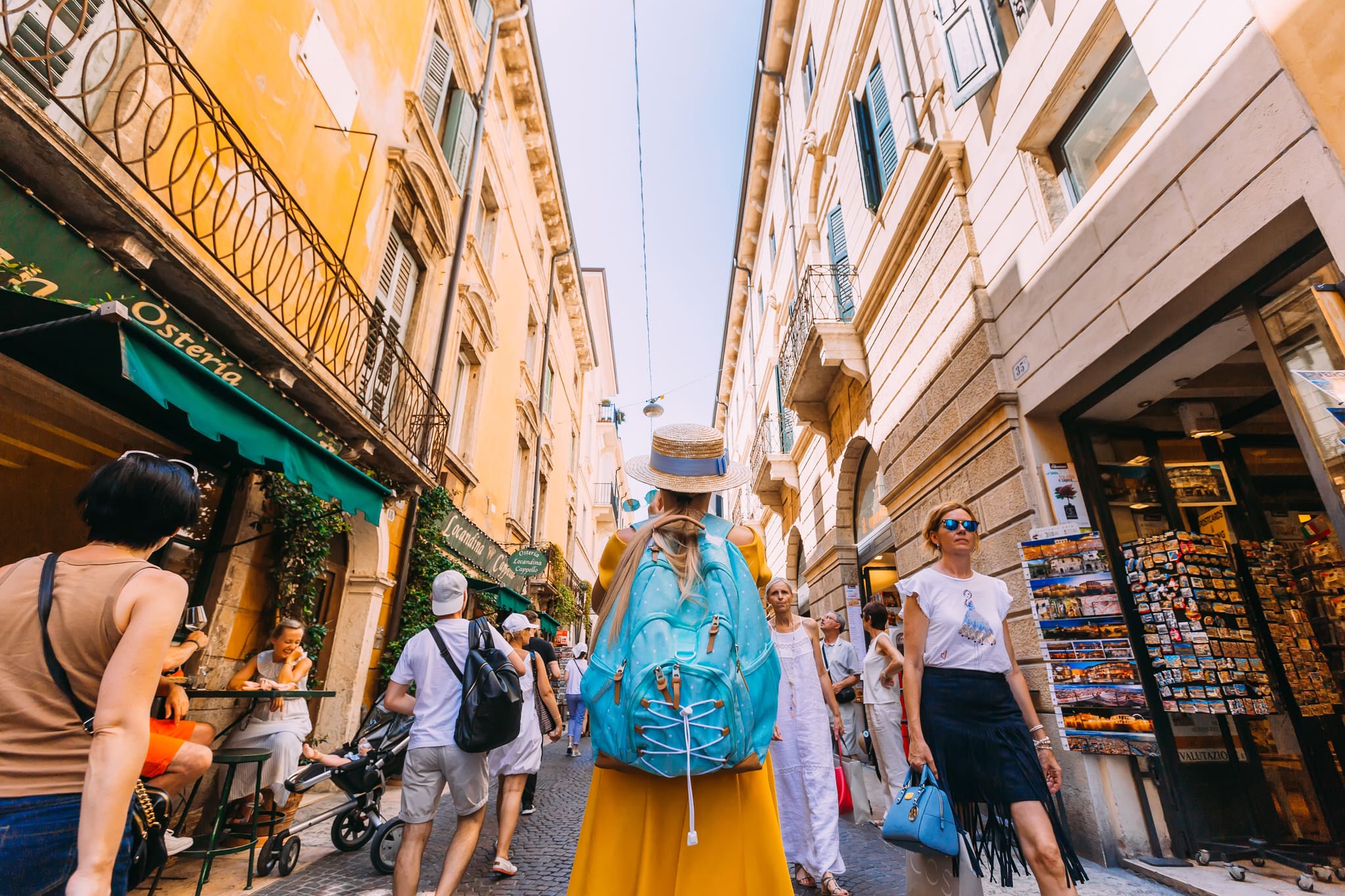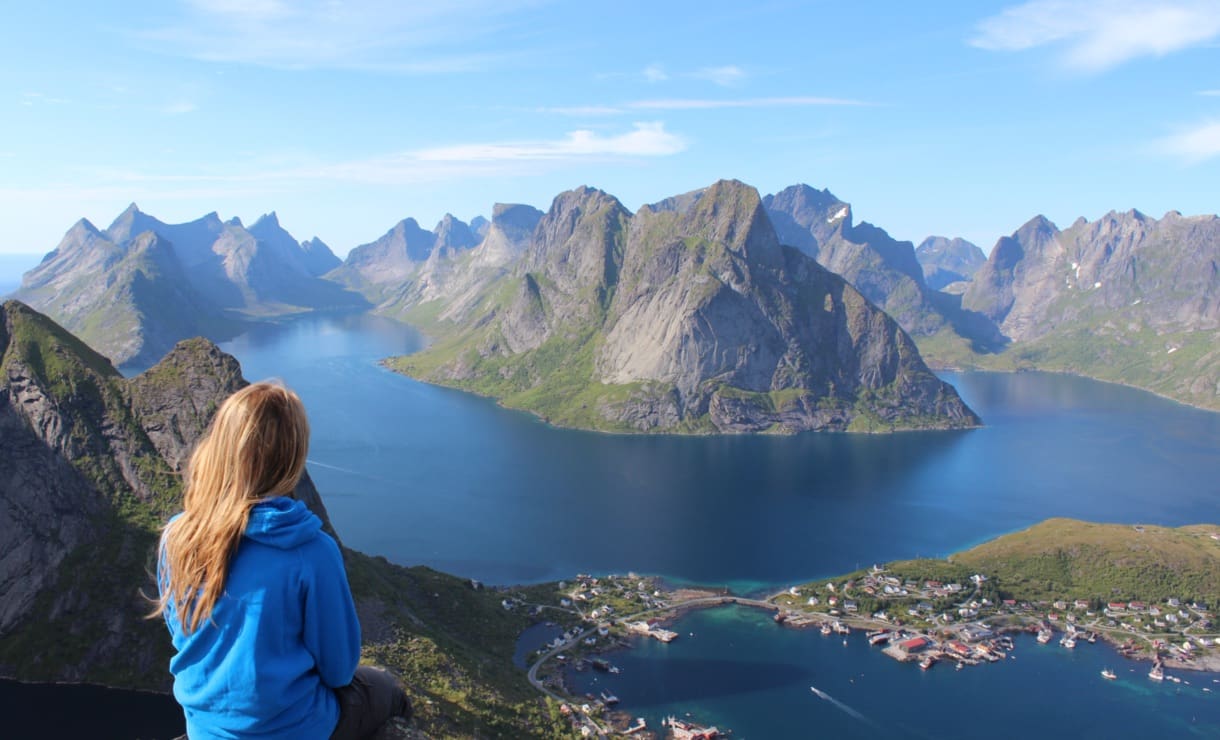
Cambodia’s history is filled with joy and devastation, injustice and freedom; and is clearly one of the most interesting in the world. In its nearly 2000 years of existence, it has been conquered by the Thai, the Cham, the Vietnamese, the French, the Japanese, the Americans and the Vietnamese again. Between 1864 and 1940’s the French had control over Cambodia, but it was lost during World War 2 to the Japanese, which allowed the Cambodians to have more reign over their government than with the French. The French later returned to Cambodia to regain the land but the Cambodian people fought for freedom and acquired it in 1954.
Modern Day Phnom Penh
Due to the implications of the Vietnamese War in the 1960’s, a civil war broke out in 1970 between Lon Nol’s government and Pol Pot’s Khmer Rouge. Cambodian leader Pol Pot and his army were quickly spreading their ideas of communism throughout the nation, and in April 1975, the Khmer Rouge took over took the capital of Phnom Penh, forcing everyone out of every city in Cambodia and starting one of the biggest genocides in history.

Everyone was forced into farming communities in the countryside. The Khmer Rouge began to kill anyone associated with Lon Nol’s government or his military, educated people, teachers, and doctors. Pot wanted to create a society that was equal in thought and status, so brutally murdered anyone who was educated for fear they had been corrupted by Western thinking, making his new society unequal. In addition, they killed religious people such as Buddhist monks and over ninety percent of the Christians.
Conditions were extremely hard. People had to work long days in the fields and sometimes got as little as one cup of rice each day. Starvation and disease began to grow.

By the end of the Khmer Rouge rule, as many as 2 million people died, which was almost 1/3 of the population. This was all in the time span of 4 years.
Cambodia struggled for twenty years after that and finally in 1999, after the United Nations set up treaties and elections, Cambodia finally had its first year of peace in over 30 years.
Victims of this genocide were taken to jail cells, beaten, humiliated, and finally taken to fields to be shot in a line. All who were taken to these cells had their picture taken so Pot would have a record of who he killed, and those cells are now a memorial museum open to the public, as are the killings fields.
Our squad has the opportunity to visit these places and see a glimpse into the eyes of the Cambodians. Walking through reminded me of the Holocaust Museum, and although it was frightening and painful, it was good to have a perspective on their reality. There’s so much we’re just unaware of as Americans, but I’ll save that for another blog.
 Cambodia’s history is filled with joy and devastation, injustice and freedom; and is clearly one of the most interesting in the world. In its nearly 2000 years of existence, it has been conquered by the Thai, the Cham, the Vietnamese, the French, the Japanese, the Americans and the Vietnamese again. Between 1864 and 1940’s the French had control over Cambodia, but it was lost during World War 2 to the Japanese, which allowed the Cambodians to have more reign over their government than with the French. The French later returned to Cambodia to regain the land but the Cambodian people fought for freedom and acquired it in 1954.
Cambodia’s history is filled with joy and devastation, injustice and freedom; and is clearly one of the most interesting in the world. In its nearly 2000 years of existence, it has been conquered by the Thai, the Cham, the Vietnamese, the French, the Japanese, the Americans and the Vietnamese again. Between 1864 and 1940’s the French had control over Cambodia, but it was lost during World War 2 to the Japanese, which allowed the Cambodians to have more reign over their government than with the French. The French later returned to Cambodia to regain the land but the Cambodian people fought for freedom and acquired it in 1954.  Everyone was forced into farming communities in the countryside. The Khmer Rouge began to kill anyone associated with Lon Nol’s government or his military, educated people, teachers, and doctors. Pot wanted to create a society that was equal in thought and status, so brutally murdered anyone who was educated for fear they had been corrupted by Western thinking, making his new society unequal. In addition, they killed religious people such as Buddhist monks and over ninety percent of the Christians.
Everyone was forced into farming communities in the countryside. The Khmer Rouge began to kill anyone associated with Lon Nol’s government or his military, educated people, teachers, and doctors. Pot wanted to create a society that was equal in thought and status, so brutally murdered anyone who was educated for fear they had been corrupted by Western thinking, making his new society unequal. In addition, they killed religious people such as Buddhist monks and over ninety percent of the Christians.















